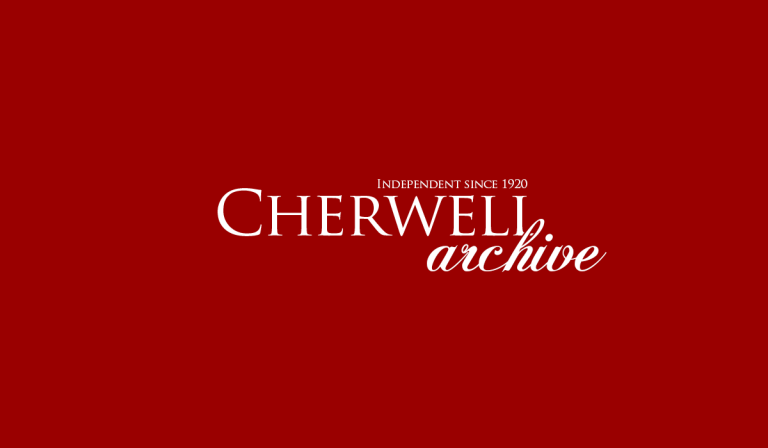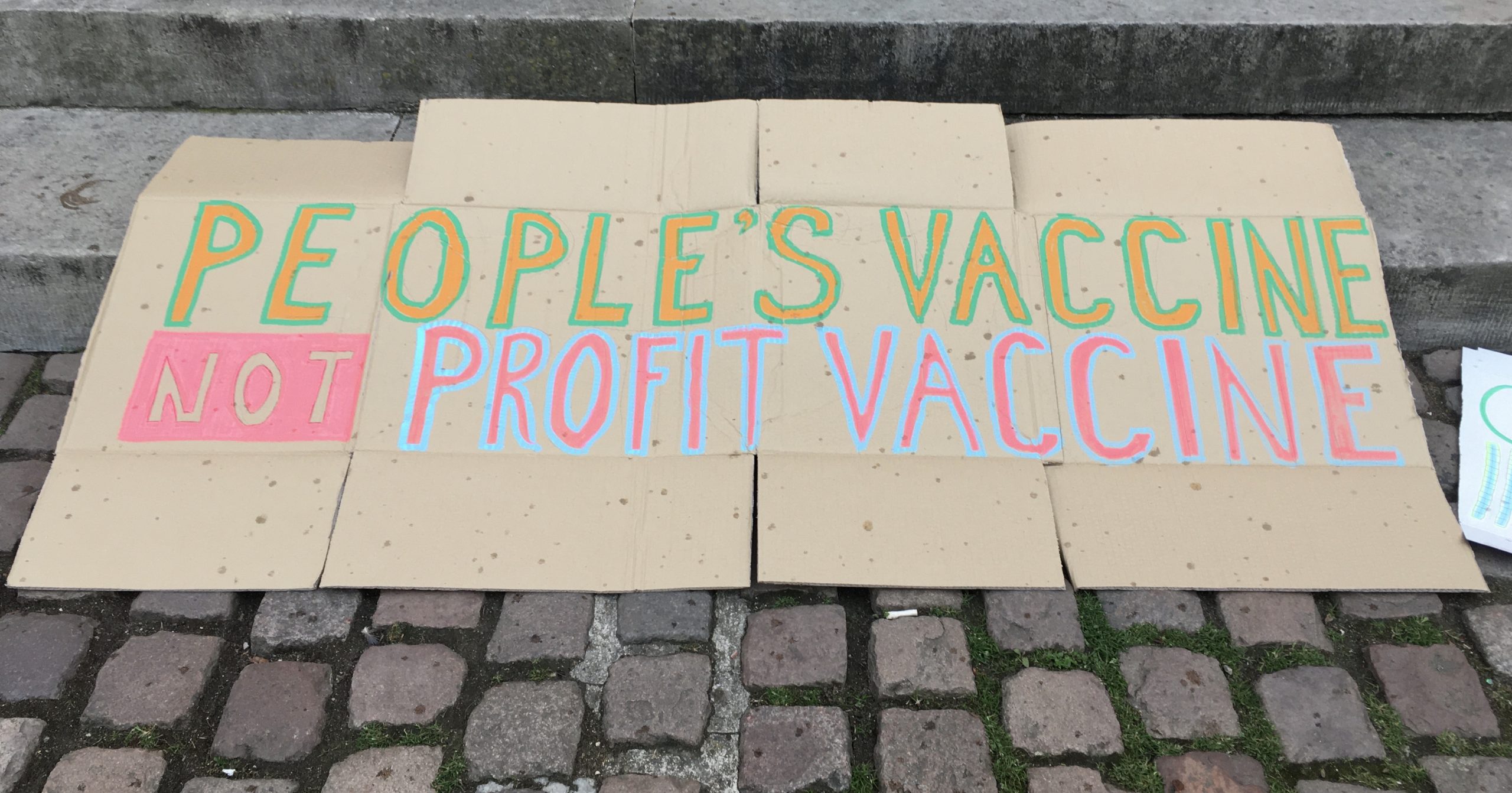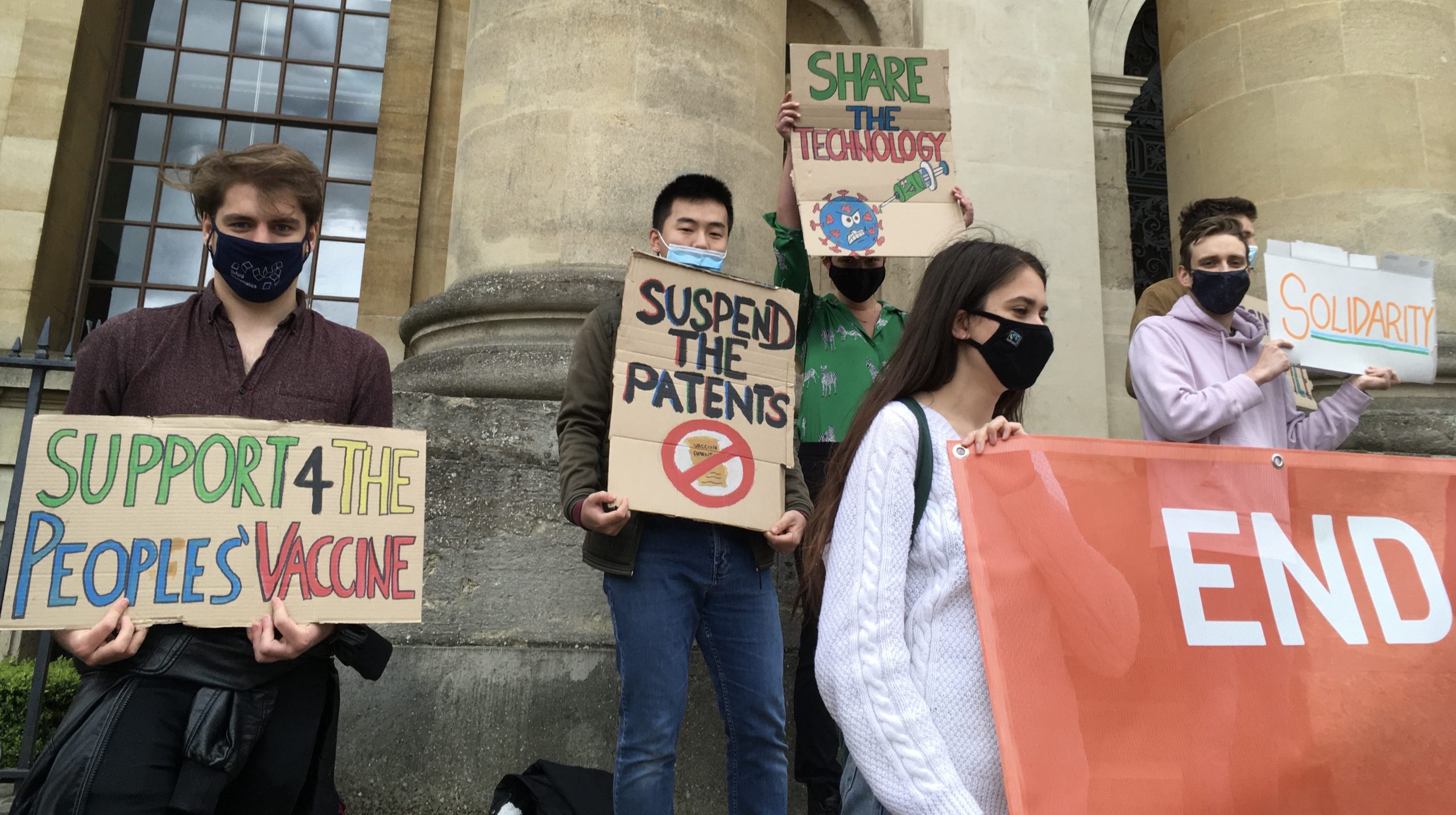What makes a great writer?
Practice, of course, and undoubtedly that unique spark called talent or inspiration. But as every writer, great or otherwise, knows, the whole business of writing is built on reading. I have ambitions of being a published author, and every story I’ve ever written can be traced in some way back to the fiction I love. Consider, then, this article as a little trip into my mind—a list of the books that played the biggest role in helping me to become the writer I am now.
As I write this, the book that inspired me to be an author is sitting in a bookshelf just a few meters to my left. I wish it had been something weighty and literary by Flaubert or Faulkner, since that’d make for a more dramatic beginning—but the unromantic truth is that it all started with How A Book Is Made by Aliki Brandenberg. It’s a children’s book which explains the process of publishing through illustrations of anthropomorphic cats and, well…that’s all. But once I read it I knew, in that uncomplicated way in which very small children are very certain of themselves, that I wanted to be an author, and that conviction has stayed with me for as long as I remember.
Fast-forward to my early teens, and I was still a bad writer. I wrote rambling pastiches of Riordan and Rowling, cribbing some metaphors from Ray Bradbury’s short stories if I was feeling particularly inventive. But then I had the bright idea of looking further afield in my school’s library, and I discovered Hemingway. His concise prose, which valued subtext over verbal flourishes, was exactly what I needed to trim my writing into something worth reading, and I learned the rigorous process of editing, cutting down on unnecessary words and passages. The Complete Short Stories of Ernest Hemingway still takes pride of place on my bookshelf, and while I’ve moved away from the stark minimalism of his style, I owe him an unmistakable debt.
I was about fifteen when I moved from studying in Hong Kong to a boarding school in England. My parents did so in part to support my interest in English, and soon after I began my first term in this foreign land, I made my next discovery. An older student in the school’s creative writing society (over-generously) complimented a description in one of my poems by comparing it to T.S. Eliot, leading to me stealing a pocket-sized volume of Eliot’s Selected Poems from an English classroom and reading it until the pages literally fell out. What really captivated me, however, was Eliot’s philosophy of writing. His essay “Tradition and the Individual Talent” argued that authors should draw on the writers before them, with new works critiquing and expanding on older ones, and in this I saw my lack of originality become a strength. During quarantine, I wrote a web novel that was a response to the tropes and themes which I disliked in YA literature, and I accompanied it with a blog post explaining the story’s nature as a critique of existing fiction. This post was titled “Tradition and the Lack of Individual Talent”—I may not be very original, I reasoned, but at least I can be honest about it.
Now, I may love slow-paced, ambiguous literature, but what I also crave are gripping plots and exhilarating drama, and Raymond Chandler does all of that, nowhere better than in The Big Sleep. Chandler codified the tropes of the private eye novel, with convoluted plots, unscrupulous detectives, and even more unscrupulous femme fatales, which later writers would imitate and never quite be able to match. I first read his novels in preparation for writing a mystery story, and The Big Sleep—despite having a plot so complicated that Chandler literally didn’t understand all the details—was exhilarating and clever, and is my benchmark for the entertainment value that my works aspire to. I suspect that my penchant for filling my stories with manipulative men and femme fatales owes something to Chandler’s work- that, and I just like scenes full of tense dialogue.
Speaking of dialogue (pun intended), this was something I struggled with for years. The stories I wrote during high school were novel-length exercises in awkward, grating conversations, and I knew that I would have to train myself to do better—especially since I am not blessed with the gift of the gab in real life, giving an extra thrill to the idea of showing off dazzling verbal wit in my stories. I began reading through the plays in my school’s library, examining how they conveyed layers of meaning in conversation, and editing my stories based on what I’d learned. Of all the plays I studied, David Mamet’s Glengarry Glen Ross, with its sharp, profanity-laden, infinitely quotable lines and rich subtext about the nature of masculinity within American capitalism, was the most transformative influence on my style, helping me craft the fast-paced exchanges that now fill my stories. Writing conversations remains something that is difficult and exhausting, but at least now, I can be proud of the results.
That said, I still have my share of weaknesses as a writer (and person), one of which being the tendency to take myself a little too seriously. My earlier works sagged under the weight of their ‘Important Social Themes’, trying so hard to be great literature that they forgot to be good entertainment. But when I feel at risk of having my head disappear up my own backside, Terry Pratchett’s Discworld novels are there to keep me from vanishing in a puff of ego. Pratchett’s ability to blend truly hilarious scenes with heartbreaking and thought-provoking ones, from exploring revolutionary politics in Night Watch to faith versus dogmatism in Small Gods, act as a reminder that wisdom and self-seriousness rarely go together, and that to convince someone of a point, the best way isn’t to preach or harangue, but to find common ground—and what’s more universal than a good joke? And with one of my more successful stories so far being one I wrote half-seriously, beginning it as a way to stay entertained over quarantine and then adding more depth and richness as I went along, I think that reminder has helped.
That brings me to the present, and the last book on my list, Zadie Smith’s White Teeth. It may surprise you that I’m not including it because Smith’s writing style influenced mine,although the way she navigates social commentary, humour, and deep empathy for all her characters is something I do hope to learn from. I’m writing about it because of the hope that it represents. Smith finished this novel while studying at Cambridge, and published it soon after to incredible acclaim… and even though I can aspire to a career like hers, I’m also aware that Smith’s commercial success is the exception and not the rule, that all this work and more may never land me a book deal, that my dream career may stay a dream.Should I, as the UK government so controversially suggested last year, look for my next job in ‘cyber’? Or bear down a path that could end in failure? In a few months I’ll have to decide between getting a summer job and/or devoting my time to working on the novel that I hope to finish by the time I graduate. I think that story (a more cerebral—and semi-autobiographical—twist on a YA romance) will be successful, but I’ve been wrong before. Whichever choices I make, this story will have to continue some way or another, its ending impossible to know.
Image Credit: Jonathan Kim (CC BY-NC 2.0), via Flickr.





